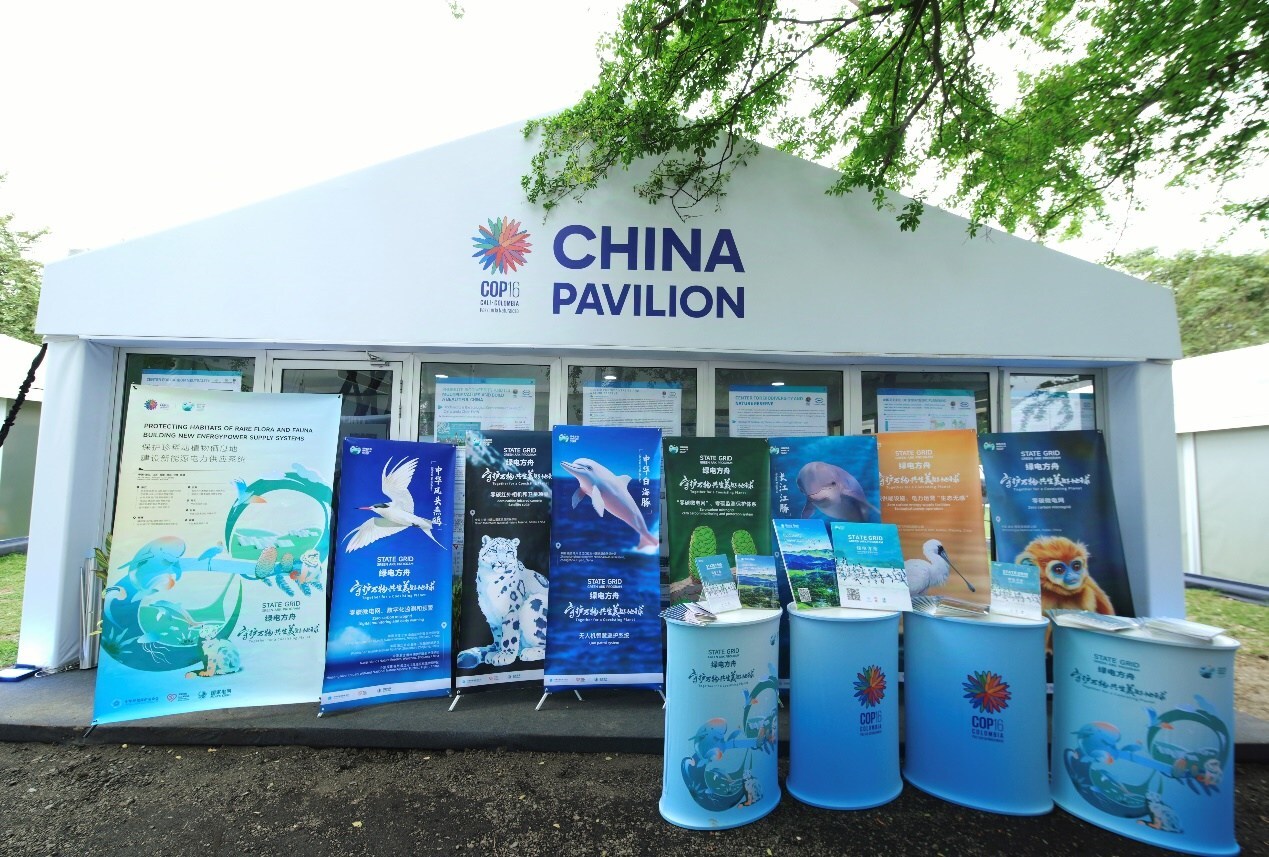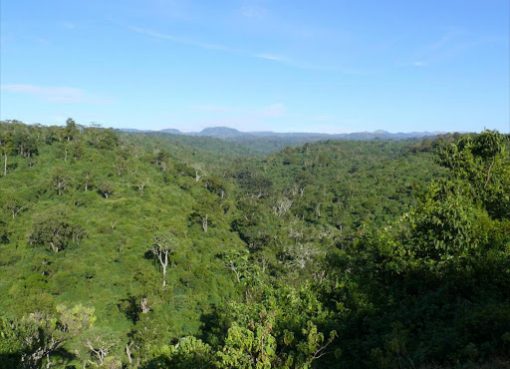
October 28, 2024 This article has been reviewed according to Science X's editorial process and policies . Editors have highlightedthe following attributes while ensuring the content's credibility: fact-checked trusted source proofread by University of Science and Technology of China Recently, Prof. Xiao Yilin's team from the University of Science and Technology of China (USTC), in collaboration with the Qinghai Institute of Salt Lakes, University of Pennsylvania and Nanning Normal University, revealed the lithium (Li) cycling process and lithium isotope (δ 7 Li) fractionation mechanism in Qinhai Lake through their analysis of the water and sediments of the lake.
Their research was published in Applied Geochemistry . δ 7 Li has been a powerful tool to trace the silicate cycling at the Earth's surface and paleoclimate evolution due to their large fractionation and immunity to biological effects. With minimal human activities, the pristine environment of Qinghai Lake makes it an ideal recorder of the paleoclimate evolution of the Qinghai-Tibetan Plateau.
However, to understand the region's past climate evolution, researchers need to first unravel the mechanisms of δ 7 Li fractionation and element cycling in the lake 's water and sediment systems. To tackle this problem, the team collected and analyzed the elemental compositions of the samples from Qinghai Lake's water, sediments and recharge waters. The results indicated that the Li concentration shows slight fluctuations, mainly influenced by interactions with iron oxides or suspended particles.
However, the δ 7 Li value demonstrates remarkable uniformity across the lake at 32.1‰ (±0.4‰).
The δ 7 Li value of lake sediments varies minimally across sampling sites, approximately 30‰ lower than that in lake water, primarily due to the formation of authigenic clays. Further, this team constructed a Li mass balance model for Qinghai Lake to ascertain the net Li isotopic fractionation between bulk sediment and lake water. This model revealed that Qinghai Lake is currently out of steady state, with Li inputs (46.
8 t/a) slightly higher than Li outputs (44.4 t/a). Based on the assumption that the climate conditions remain constant, the lake's Li reserves are expected to gradually increase, reaching a steady state within 1.
2 thousand years. The δ 7 Li value of the lake water will continue to rise until it reaches approximately 45‰ after 6,000 years. Given the similarities between Qinghai Lake and oceanic systems, this study provides potential insights into the evolution of Li isotopes in the marine environment .
Moreover, this study deepens the understanding of the geochemical processes within closed-basin water systems and holds great significance for reconstructing the paleoclimate history of the Tibetan Plateau. More information: Yin Li et al, Lithium isotope systematics in an endorheic saline lacustrine system: Insights from Qinghai Lake, China, Applied Geochemistry (2024). DOI: 10.
1016/j.apgeochem.2024.
106190 Provided by University of Science and Technology of China.














